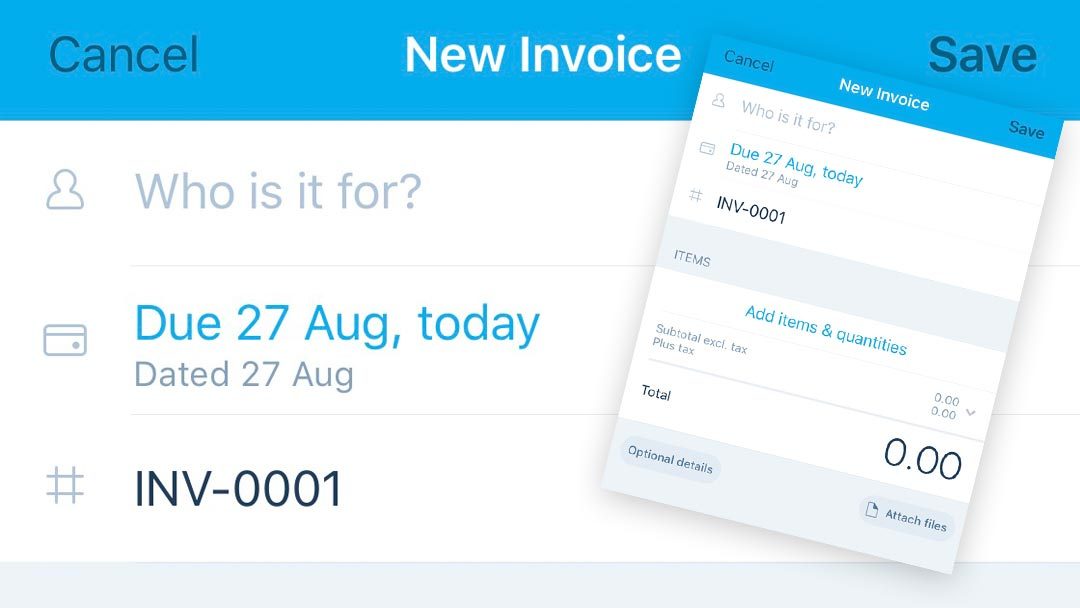If you offer Invoice credit to your customers, then payment terms (sometimes written as terms of payment) are the payment conditions in which your business conducts business with your customer.
Typically, these terms of payment relate to the amount of time you have to pay the invoice before it’s due.
However, invoice payment terms often used are terms which are often unfamiliar, confusing and sometimes ambiguous.
To avoid late payment charges on the money you owe suppliers, or ensure you collect the money that’s owed to you on time, here’s the most common invoice payment terms explained:
Invoice Payment Terms Explained
Net (sometimes written as Nett)
The term net means after all deductions. For example; In the sale of an asset net is simply the selling price less the cost of buying or acquiring it.
Therefore the net price on the invoice is the simply the sale price to you, the customer, less any or discounts.
Here are the most common invoice payment terms and what they mean:
When it comes to payment terms, Net, ususally followed by a Number, refers to the number of days – sometimes it will say Net and just a number and sometimes it will have the word days added e.g.: Net 7 or Net 7 days. This means the invoice is due for payment within seven days.
Other common net payment terms:
Net 7 – invoice due 7 days after the date of invoice
Net 15 – invoice June 15 days after the date of invoice
Net 30 – invoice due 30 days after the date of invoice
Net 60 – invoice due 60 days after the date of invoice
Net Monthly
Net monthly means that the invoice is due for payment at the end of the month following the date of invoice – for example an invoice dated 20 July with payment terms net monthly, will be due for payment by 31 August.
EOM – end of the month – payment due by the last day of the month
COD – cash on delivery means that payment is due at the same time the goods or services are delivered – (ie payment is due on delivery)
CIA – cash in advance
PIA – payment in advance
Early Payment Discounts
Sometimes, suppliers offer a discount to encourage early payment and settlement of an the invoice. These are usually of the form of x% discount if paid within x days. (For example 2% discount if paid within 10 days of the date of invoice)
These discounts are sometimes written in the form 2/10, net 30 or more explicitly 2% if paid within 10 days, otherwise net 30.
Should I give an early payment discount?
If a supplier offers you an early payment discount in their terms of payment, then yes you should definitely take it! But whether you should offer one yourself, you should give it some serious thought too as it’s a lot more expensive than what you might think.
Let me show you how to calculate the costs of providing an early payment discount using the following example:
Step 1 Multiply the discount by the amount owed on the invoice
Using the above example of 2/10, net 30 and an invoice value of $1,000 before (excluding) shipping and sales taxes.
So, the customer gets a 2% discount if they pay within 10 days of the invoice.
Multiply the percent discount by the amount owed on the invoice; for example
$1,000 x 0.02 = $20
(The invoice should never apply to the sales tax, or the shipping and handling, if it does, then the discount is even bigger)
So by offering a 2% discount you or the supplier is losing $20
Step 2 Subtract the discount from the amount owed
In this case it’s $1000 – 20 = $980
This is the net amount owed after the discount or in other words, the amount of revenue you will be paid.
Step 3 Annualising the cost of the discount
Again, using the above example, with a 2% discount for 10 days, means that you are paying 20 days early.
You can calculte what the 2% would be worth on an annual basis.
Discount percentage ÷ (full payment days – discount days)
0.02 ÷ 20 = 0.001 per day
Multiply the discount by the number of days in a year (i.e. 365)
0.001 x 365 = 0.365
Then multiply by 100 to convert to a percentage annual rate of interest.
= 36.5%
A 2% discount is equivalent to an almost 37% of an annual basis.
Step 4 Take the Discount
Now given that you are in effect getting a 36.5% discount, you should definitely take it if your supplier offers it to you, but before you start offering one check out these alternative ways to get paid faster.
If you enjoyed this post, then why not sign up to my newsletter to get Free Growth Tips direct to your inbox.


